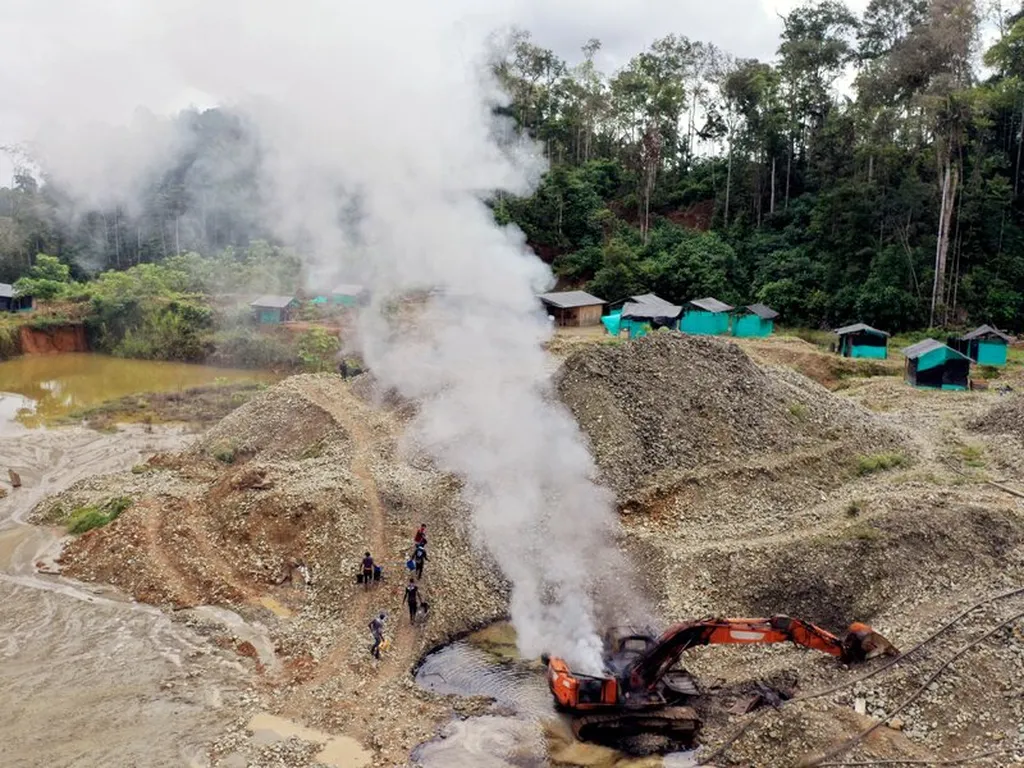In the heart of Colombia’s bustling capital, Bogotá, a team of researchers led by Laura T. Morales-Mancera from the Universidad de los Andes is making waves in the world of environmental conservation. Their focus? Microbes—tiny, unseen warriors that could hold the key to restoring some of the planet’s most critical ecosystems.
Megadiverse countries, which collectively harbor over 70% of the planet’s terrestrial biodiversity, are facing an uphill battle against pollution. Industrialization, agriculture, and improper waste disposal are taking a toll on water and soil ecosystems, threatening the very biodiversity these nations are known for. Enter bioremediation—a biological approach to mitigating environmental pollution that’s gaining traction as a sustainable and cost-effective alternative to conventional methods.
Morales-Mancera and her team have conducted a meta-analysis of existing research, zeroing in on microbial bioremediation initiatives in developing countries. Their findings, published in the journal *Applied and Environmental Microbiology* (translated to English as “Applied and Environmental Microbiology”), shed light on the disparities in the development and implementation of these initiatives, particularly in the context of hydrocarbon and wastewater pollution.
“Bioremediation leverages the natural abilities of microbes to break down pollutants,” Morales-Mancera explains. “This approach is not only environmentally friendly but also cost-effective, making it an attractive option for developing countries grappling with pollution challenges.”
The energy sector, in particular, stands to gain from these findings. Hydrocarbon pollution, a significant byproduct of oil and gas operations, can be effectively tackled using microbial remediation. By harnessing the power of microbes, energy companies can mitigate their environmental impact while also reducing cleanup costs.
But the benefits extend beyond the energy sector. Biodiverse regions, which are often hotspots for ecotourism and agriculture, can preserve their unique ecosystems and safeguard their economic livelihoods. “By addressing pollution challenges through bioremediation, we can protect these regions’ biodiversity and the services they provide,” Morales-Mancera notes.
The research also highlights the potential for further implementation of bioremediation practices. By understanding the role of microbial communities in pollution control, megadiverse nations can develop tailored solutions that address their specific environmental challenges.
As the world grapples with the dual crises of biodiversity loss and pollution, Morales-Mancera’s work offers a glimmer of hope. By leveraging biological solutions, we can restore nature’s balance and preserve the planet’s rich tapestry of life. The future of bioremediation is bright, and it’s being shaped by the tiny, unseen warriors that call our ecosystems home.
In the words of Morales-Mancera, “The potential of microbial bioremediation is vast, and we’re just scratching the surface. The time to act is now, and the stakes couldn’t be higher.”

